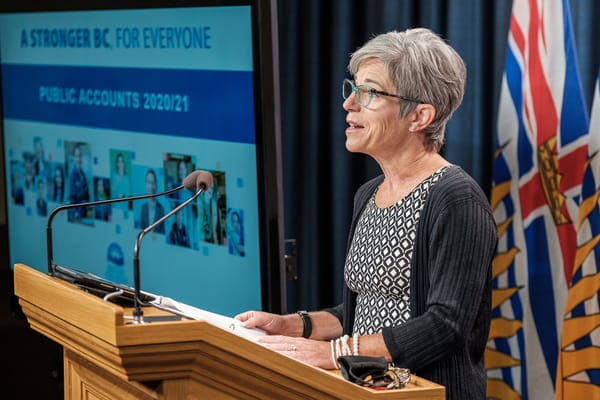On Tuesday night, New York Congresswoman Alexandria Ocasio-Cortez (AOC) brought together fellow Congresswoman Ilhan Omar and many top Twitch streamers to play Among Us and encourage people to vote. Although AOC just mused about doing this on Monday, the stream ended up becoming one of the biggest in Twitch’s history, drawing in more than half a million viewers when you included her guests’ simultaneous streams of the same session.
This event gives the left a roadmap for potentially incredibly successful organizing going forward for a few key reasons. First, this event was targeted at young people, including those not yet of voting age. Second, this was a major politician meeting youth in their space on their terms. Third, and most importantly, this shows the left can have fun even while talking about important issues.
As AOC noted early in the stream, getting people to vote isn’t as simple as it seems, especially in a country that makes it difficult for many, particularly the racialized or poor, to exercise their franchise. That’s why she took the time here to underline the importance of creating a voting plan that can increase the chance of people casting ballots before election day, especially since many states don’t allow you to register to vote that late.
By doing this, AOC gave people a process through which they’re more likely to have their voices heard, and did so in a less boring or technical way than you’d typically see elsewhere. She also took the opportunity to plug voting the Working Families Party line in New York state, which allows one to vote for Joe Biden and Kamala Harris without choosing the Democratic Party itself.
Perhaps more important than AOC’s message, however, was where she chose to deliver it. Using Twitch was a deliberate move signalling her desire to reach young people. And while AOC isn’t the first major American politician to use the platform — Bernie Sanders streamed events on Twitch in the recent Democratic primaries, and still does — she used Twitch as it’s supposed to be, interacting with the organic communities already on the platform.
Whereas Sanders and others mostly used it as another place to reproduce their speeches and press conferences, AOC leaned into Twitch’s youth and gamer culture, and linked up with massive creators like Hasan Piker and Pokimane, among others. This helped amplify the stream and give it credibility beyond being a sterile instance of political ‘fellow kids’ marketing. It felt real and spontaneous, which explains why there was such interest during and after the stream. AOC meaningfully engaged with the Twitch community, and they responded in kind.
Relating to the above point, it was also important that not all the creators on the stream make explicitly leftist or even political content. Certainly, people already familiar with Piker, Hbomberguy or AOC herself are largely engaged in progressive politics, but some of the others have broad audiences who don’t yet engage in electoral politics or create leftist digital content.
Crucially, AOC understands above all — more than even other young politicians — that while the left’s message of social, economic and environmental justice is a winning one, you must bring that message to people. Leaders meet people where they are, even (especially) on the internet.
But perhaps most importantly and impactfully over the long-term, AOC’s stream showed that the left can simply have fun. That sounds like something people should already know, but keep in mind that one of the biggest attacks launched against the left online, especially from younger conservatives and far right figures, is that feminists, socialists and Social Justice Warriors want to ruin your video games and hobbies with censorship, woke-scolding and taking jokes too seriously.
The argument holds that the stuffy left is no fun, and that — hilariously — conservatism is the hip, countercultural, ‘punk’ ideology for young people. And while I reject this absurd argument, it can sometimes seem that left digital activism is about being righteously angry above all, which can be intimidating to newcomers.
Welcoming in new people — or even just beleaguered veterans — with video games, memes and other fun things, is essential to build and sustain a movement. This is especially true when important political discussions flow organically from the fun, such as when AOC casually got Hbomerguy to explain how the United Kingdom’s National Health Service worked and why it’s much more effective than the private American model. Though explicitly informative and political, the explanation wasn’t disconnected from the game experience. AOC didn’t need to demarcate the ‘fun’ part of her stream from the ‘serious’ part, and that’s why it worked.
So, although AOC’s landmark stream may be a one-off event, I hope it becomes a roadmap for progressive politicians and movements when it comes to building engagement online. If you have a clear message with defined, achievable goals, if you meet people where they are, in language they’re receptive to, and, above all, if you make it fun, you’ll win folks over.







Member discussion